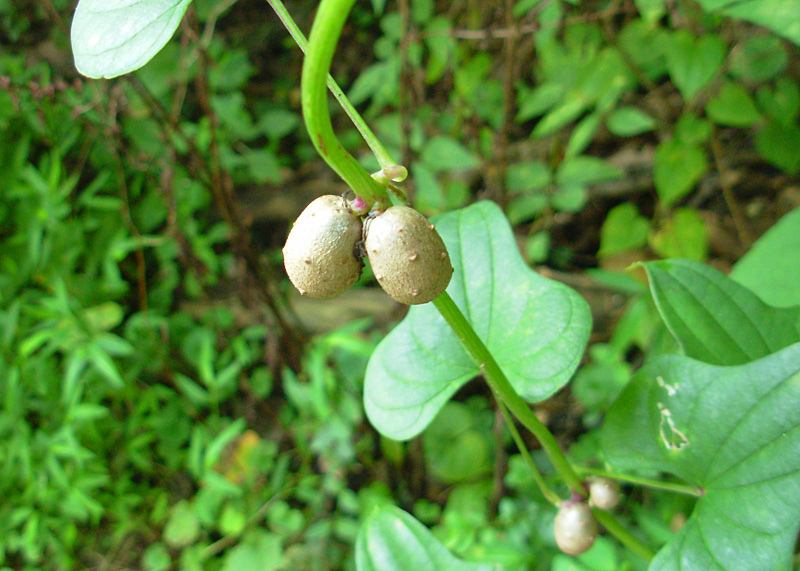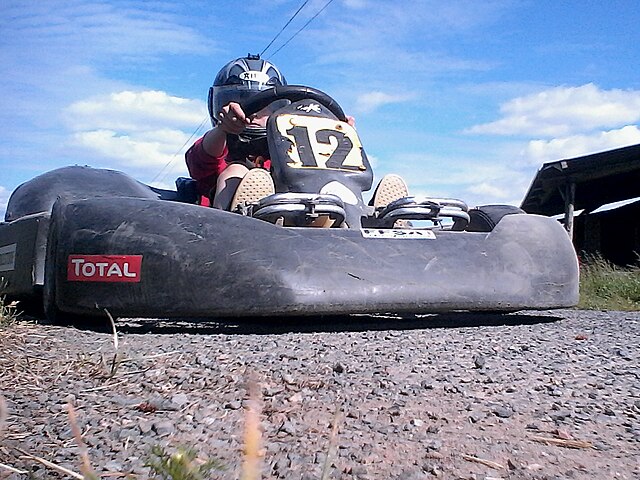
We all know competitive people. They’re frankly annoying. Whatever you do, they will try to one-up you. They will interrupt you, or block you as a way to get ahead. They can often be found grandstanding in front of a crowd, laughing at themselves in a self-deprecating way so as to appear charming.
They certainly don’t care about you – unless they think they can ride on your coattails. In that case, they will shower you with compliments, sticking as close to you as possible to catch any benefits that may trickle down. But they’ll throw you under the bus as soon as your talents are no longer needed, and without a hint of remorse. Because in the end, they really only care about winning.
Those are the really competitive people. But then, we all compete to a certain extent, don’t we? We are all trying to appear better than we are. We are all trying to impress.
I recall being in yoga classes and trying to do all the poses perfectly. I swear, the bend in my front leg in Warrior II pose was completely horizontal! My lunges were deep. My Triangle pose was a model of symmetry. In short, I was using yoga (of all things) as a way to compete. I was trying to impress. What I failed to notice was that no one really cared, except for me.
The real question is: why did I feel the need to do this? Looking back, it was because I felt inadequate in so many ways. Suffering from Chronic Fatigue Syndrome, I felt weak and sick and useless most of the time. But if I could do a perfect Extended Side-Angle pose, it meant I still had some value. In the yoga studio, I was faultless – or, at least, I tried to be.
I’m reflecting on this now because of a discussion I had with a customer this week. When I mentioned the yoga classes I teach, she immediately felt the need to tell me that she did yoga for years and can still do a perfect Headstand, as well as a Handstand. She wanted me to know she was no slouch, and didn’t need any help.
In that moment, I saw myself. And I felt so much compassion for her. I can still remember that old ‘me’. The ‘me’ that used to try so hard to be perfect. The ‘me’ that tried a restorative yoga class just once and declared it pointless. As far as I could tell, everyone was just lying around. Where was the benefit in that?
At the time, my idea of exercise was that you needed to strain and sweat. If you weren’t pushing yourself in some way, you weren’t getting any stronger. You weren’t getting any better. And I was in the habit of pushing myself – hard – in all areas of my life. If I wasn’t putting in 110% effort, I thought I was slacking. When I look back, it’s no wonder I got Chronic Fatigue Syndrome. In fact, it’s a wonder I didn’t get it sooner!
Which brings me to my point. In Western culture, we are taught that we don’t have value unless we have achieved something important. Unless we have produced something of value. We work all day in offices, in workplaces, and even in our own homes, trying to prove to ourselves and to others that we have worth. That we matter. That we are deserving of love.
I’m here to tell you that you are already deserving of love. You already matter. You don’t have to do anything. The people who truly love you already love you, without condition. You don’t need to prove yourself to them. That was a lesson it took me a long time to learn. Ironically, it’s a lesson you start to learn when you do restorative yoga – precisely the type of yoga class I regularly steered myself away from.
In restorative yoga, you learn that there are supports beneath you that you can rely on. You don’t need to do it all yourself. You can rest. You learn that you have value even when you are still. Even when you are doing nothing.
It’s a very important lesson for all people who suffer from fatigue, burnout, or Chronic Fatigue Syndrome, which I see as an extreme version burnout. Really, it’s an important lesson for everyone who lives in our culture.
If you can see yourself in anything I’ve said here, know that you don’t have to try so hard. Know that you are valued just as you are. Understand that anything you do or create will be of better qualify if it comes from a place of peace, rather than desperation.
And then come visit me at www.rebeccasrestfulyoga.com. Together, we’ll restore your nervous system and help you remember what you were like before competitiveness got hold of you. Before you felt you needed to prove yourself in order to be loved.


